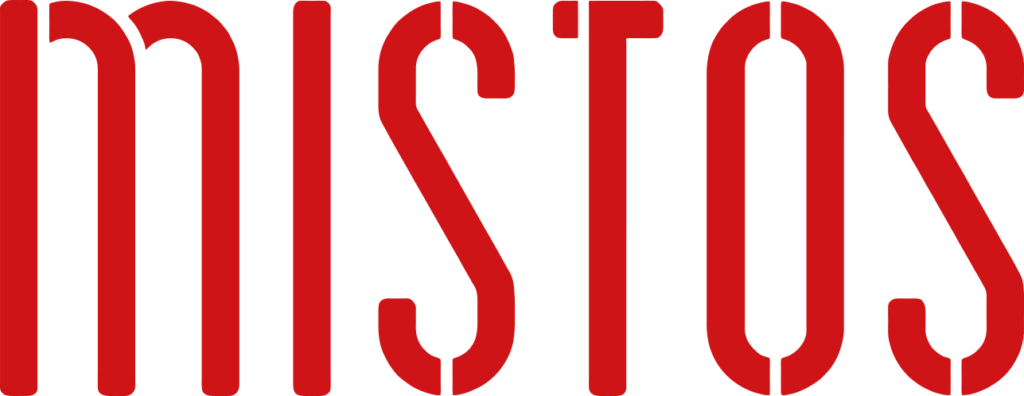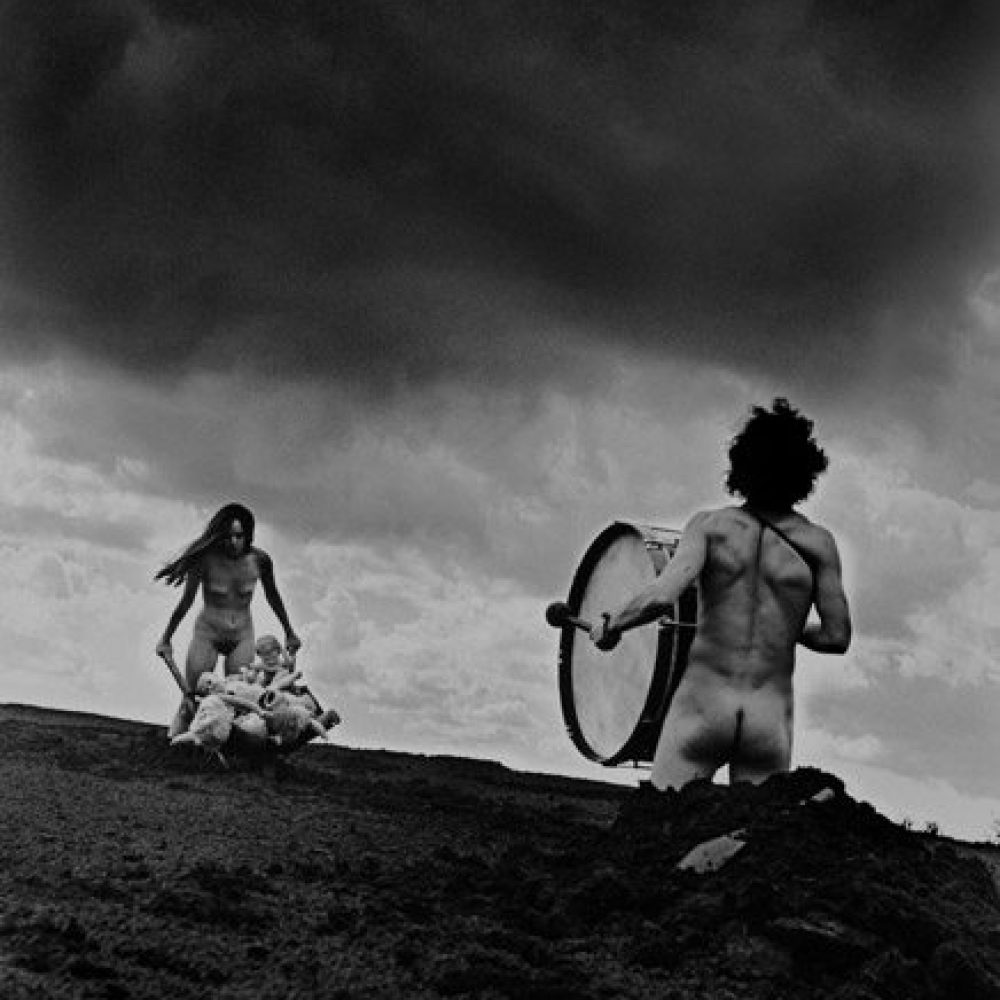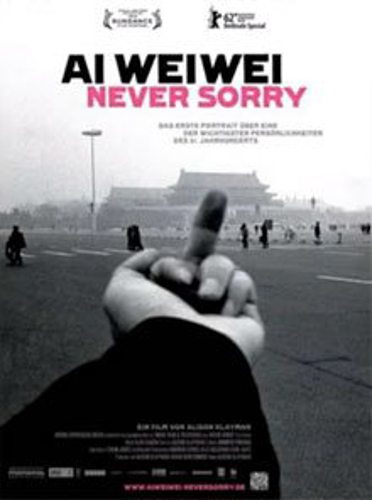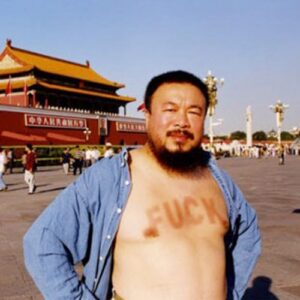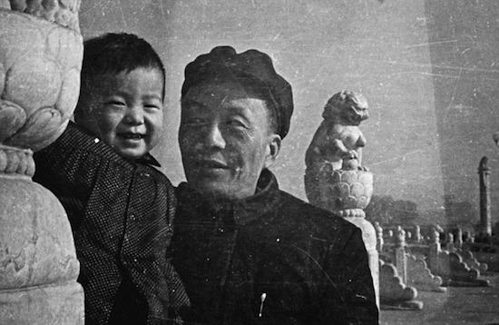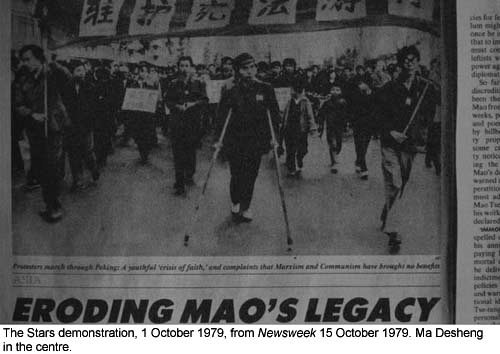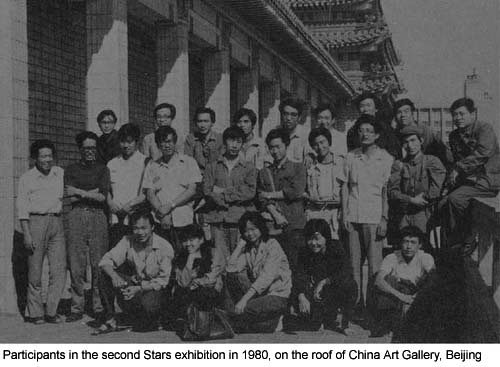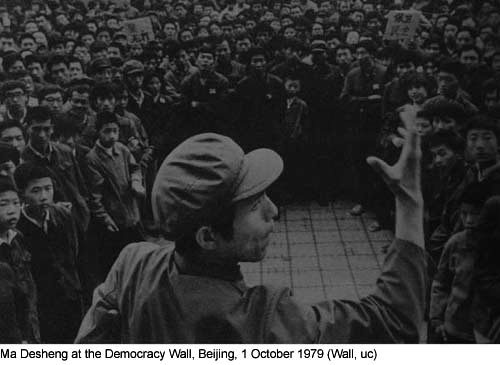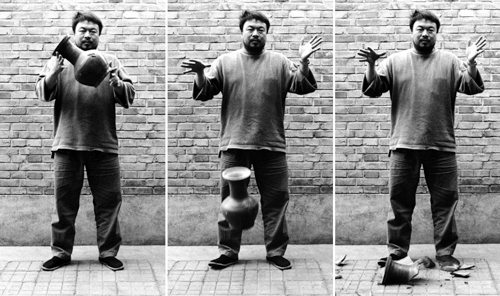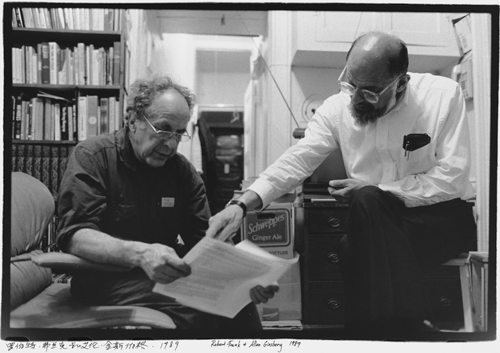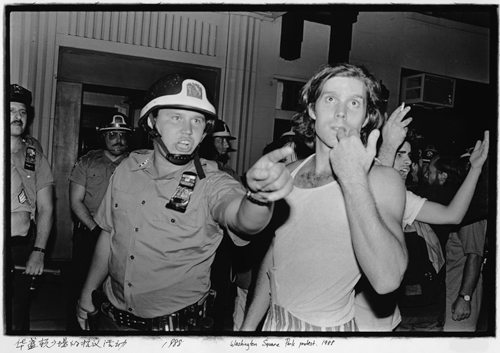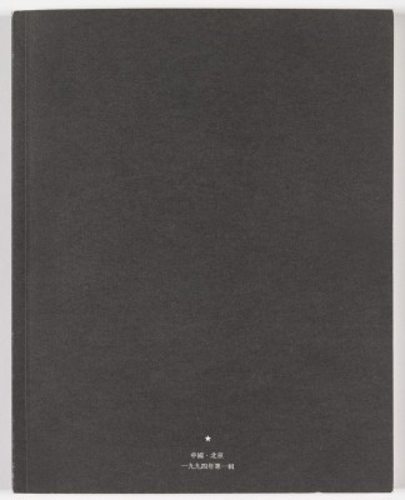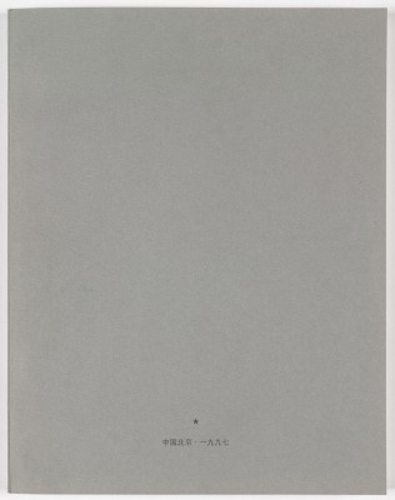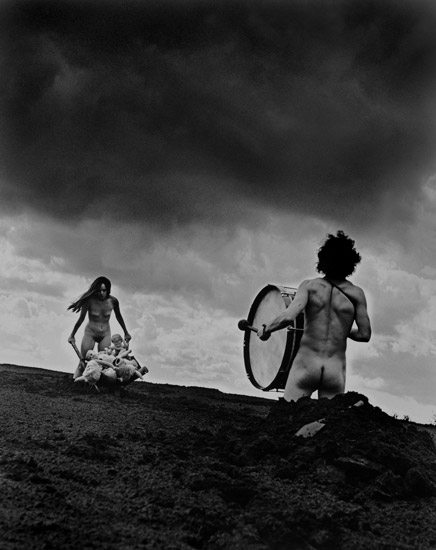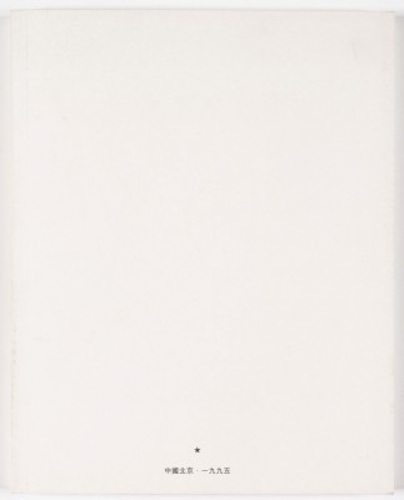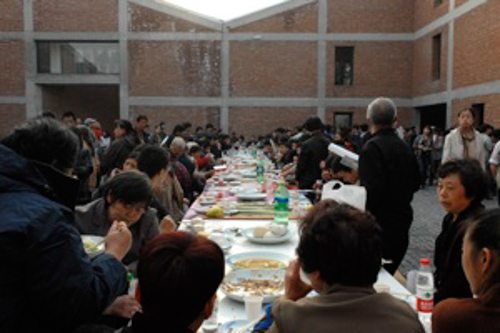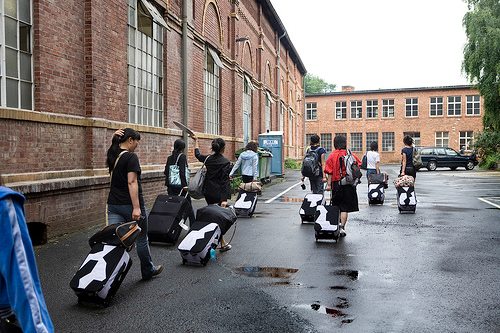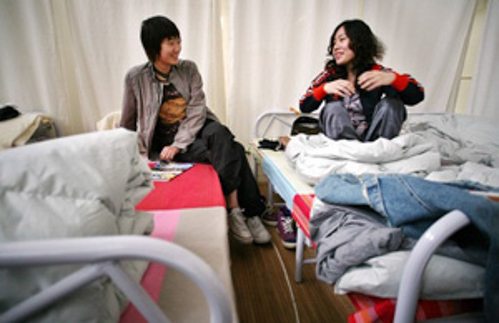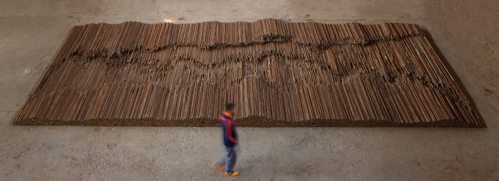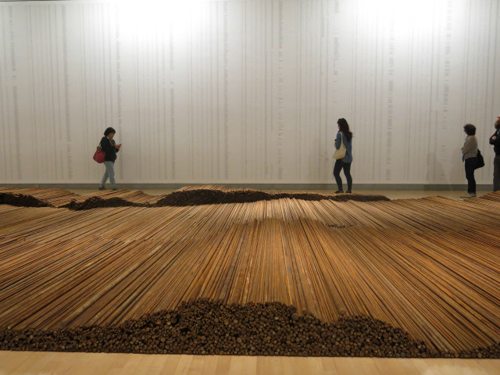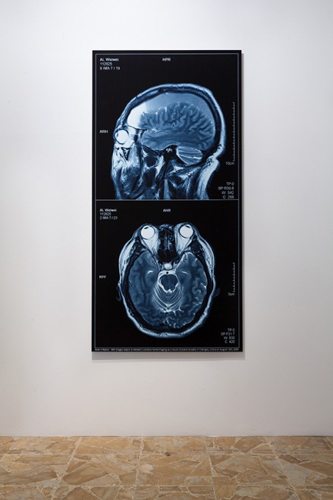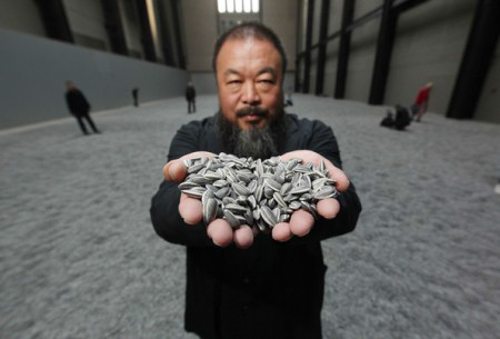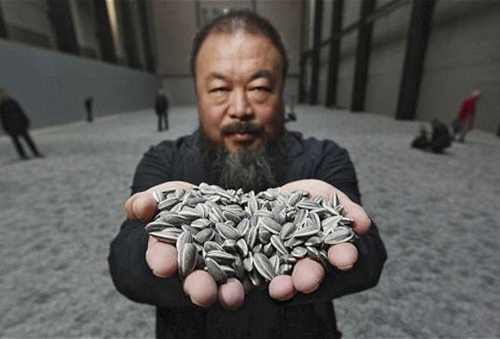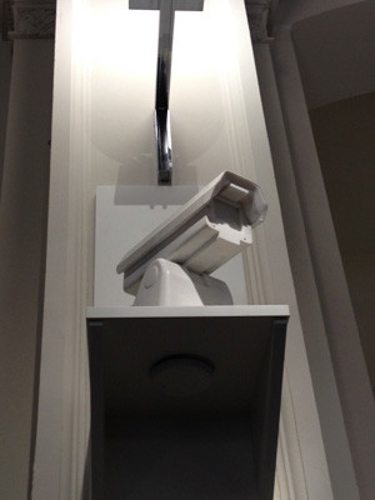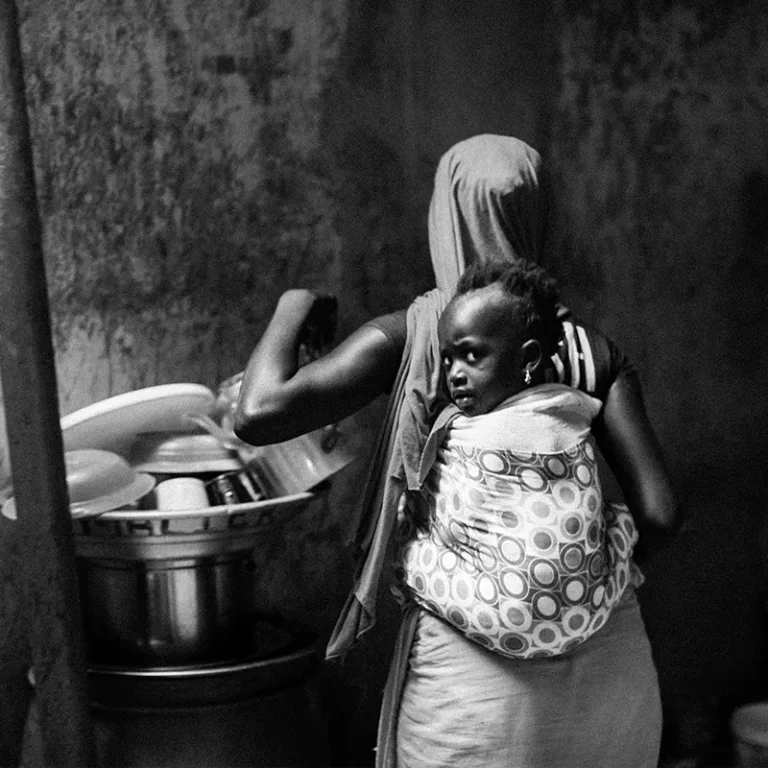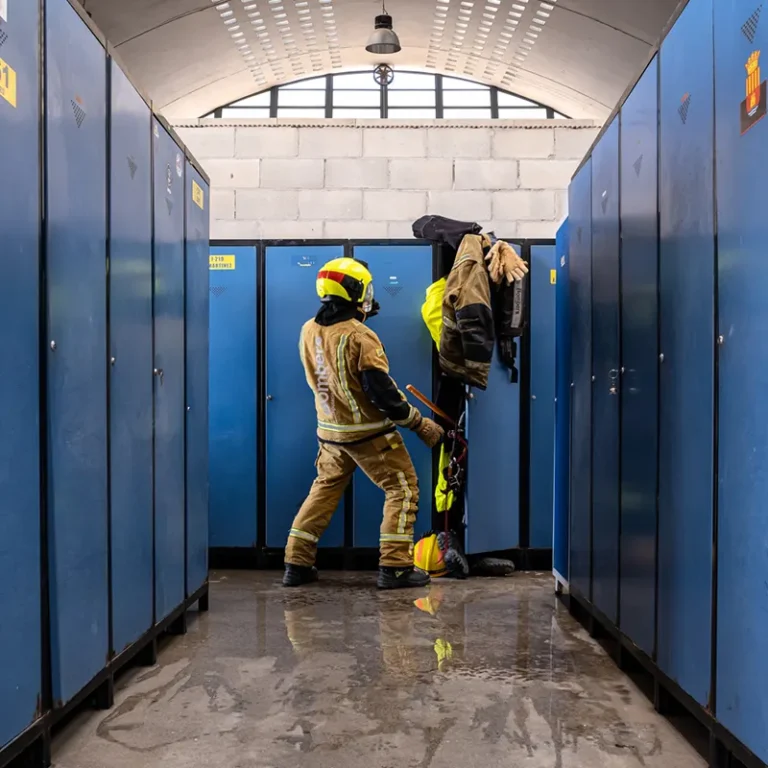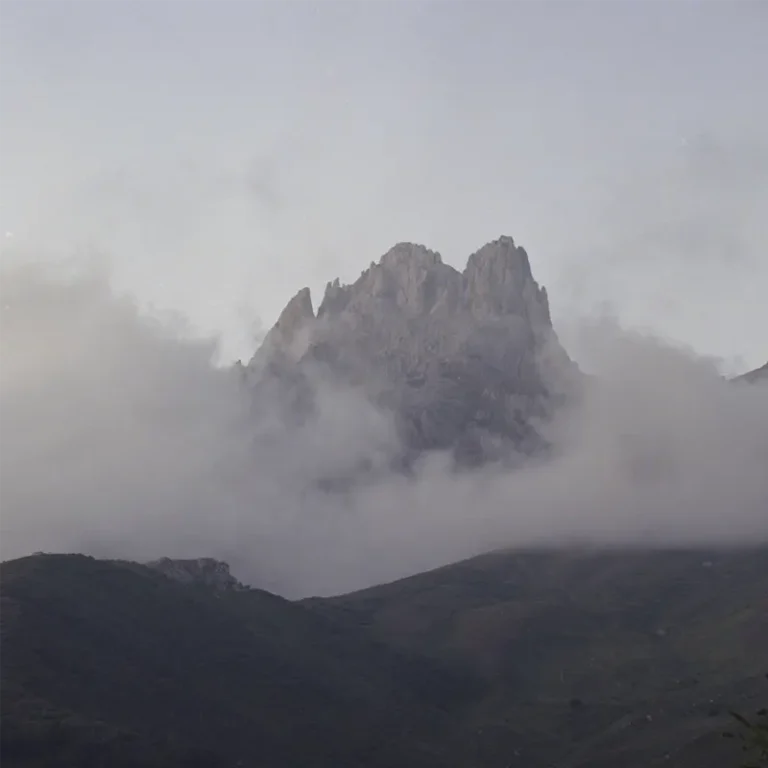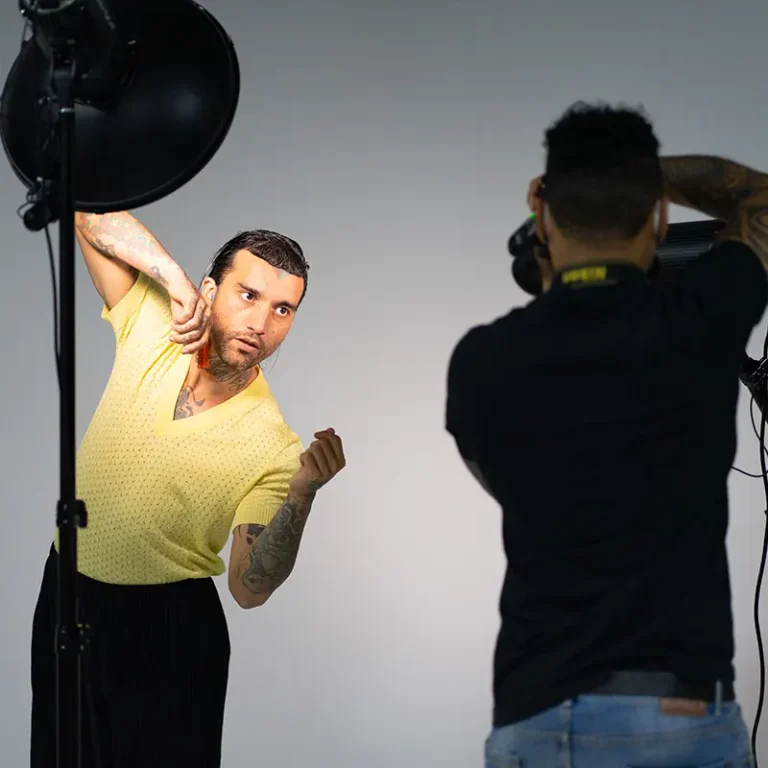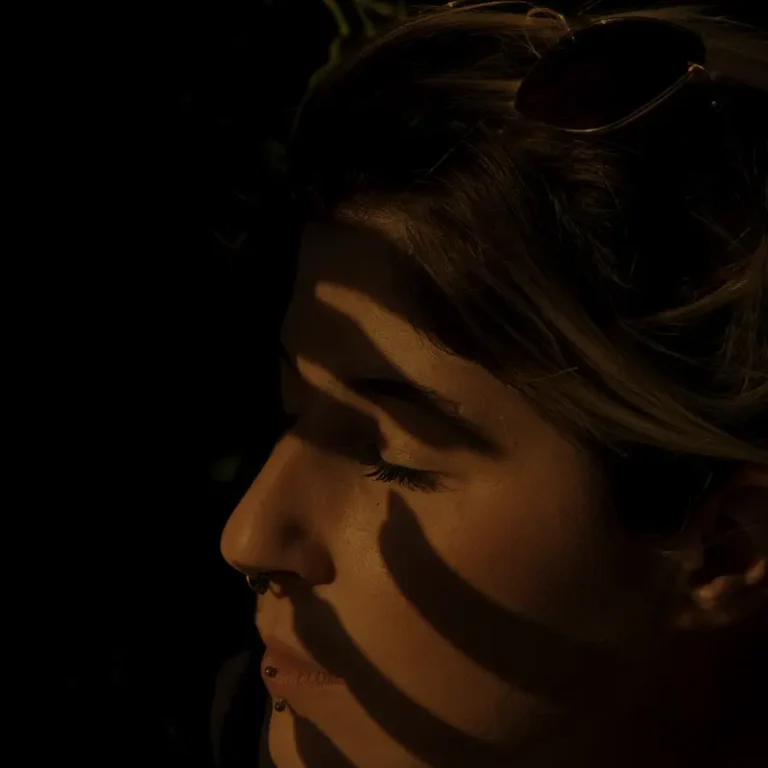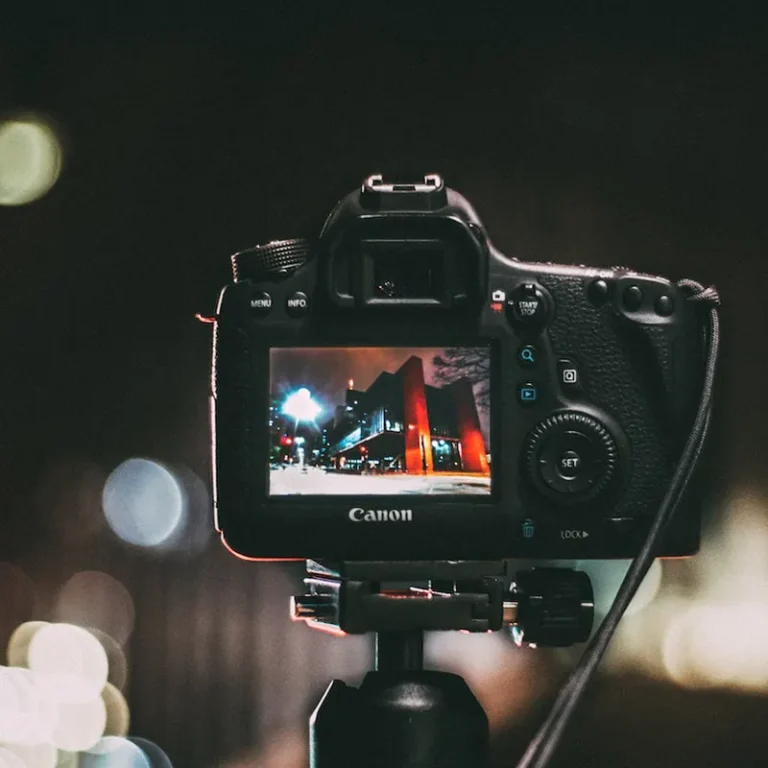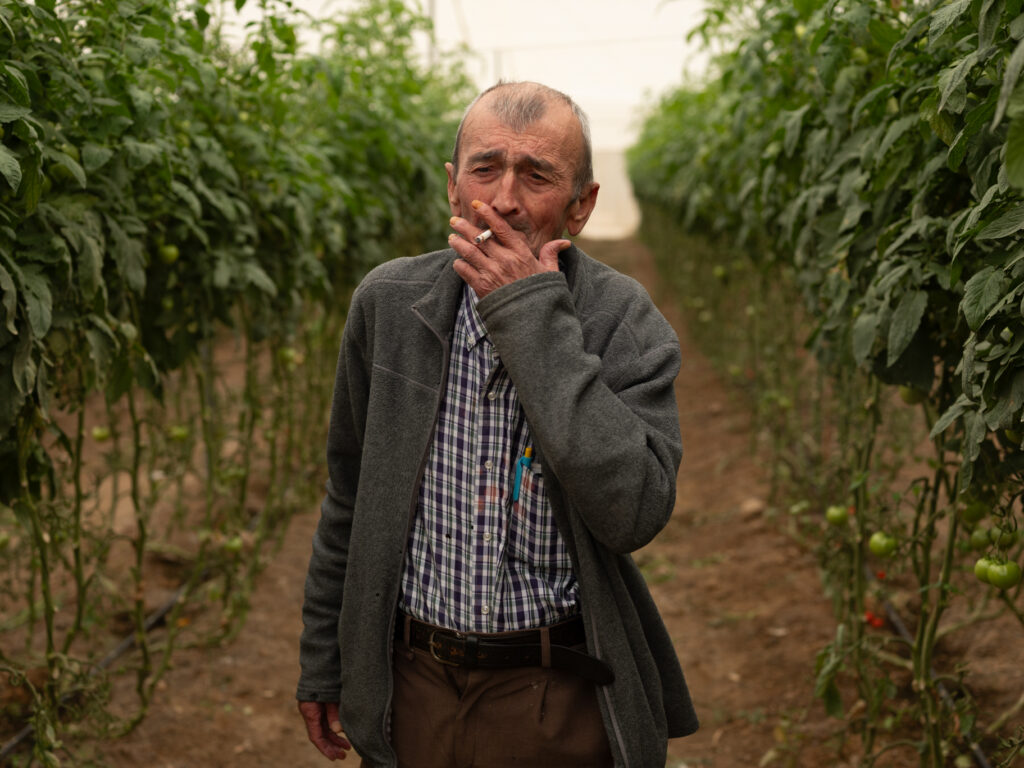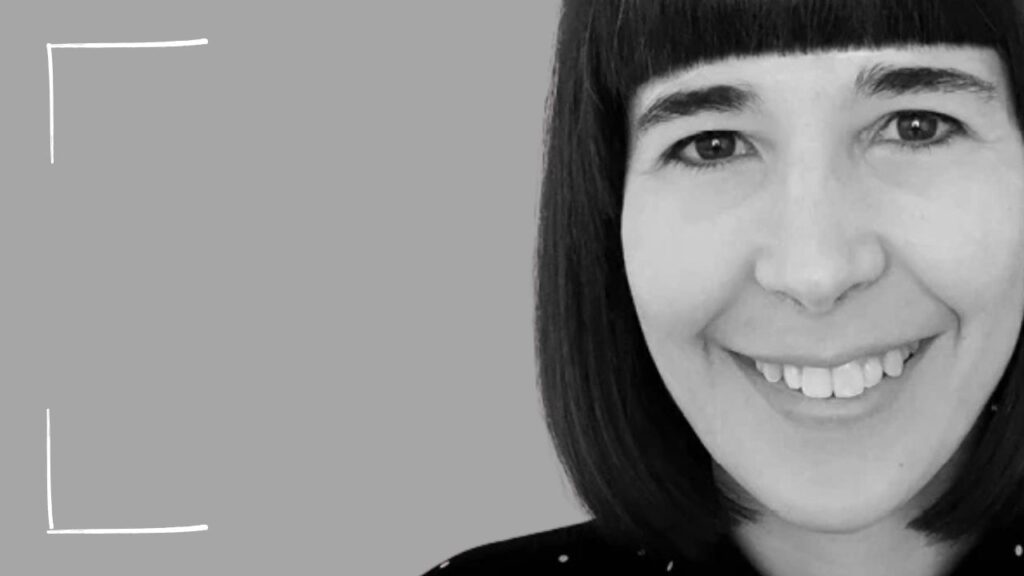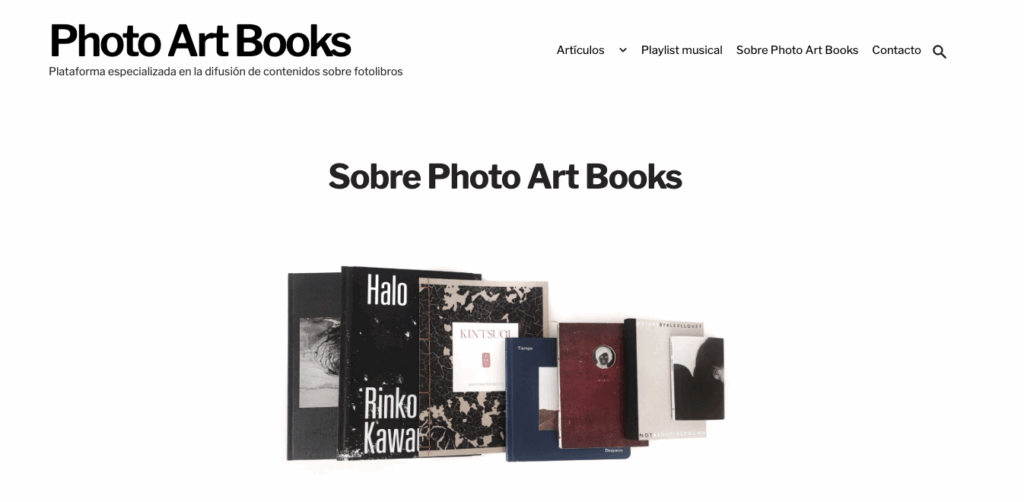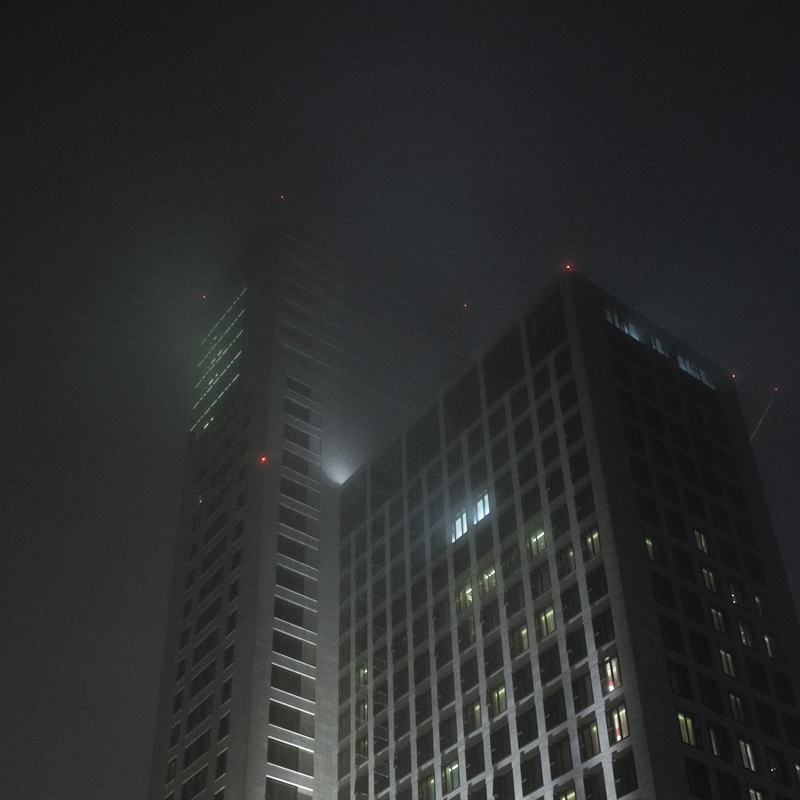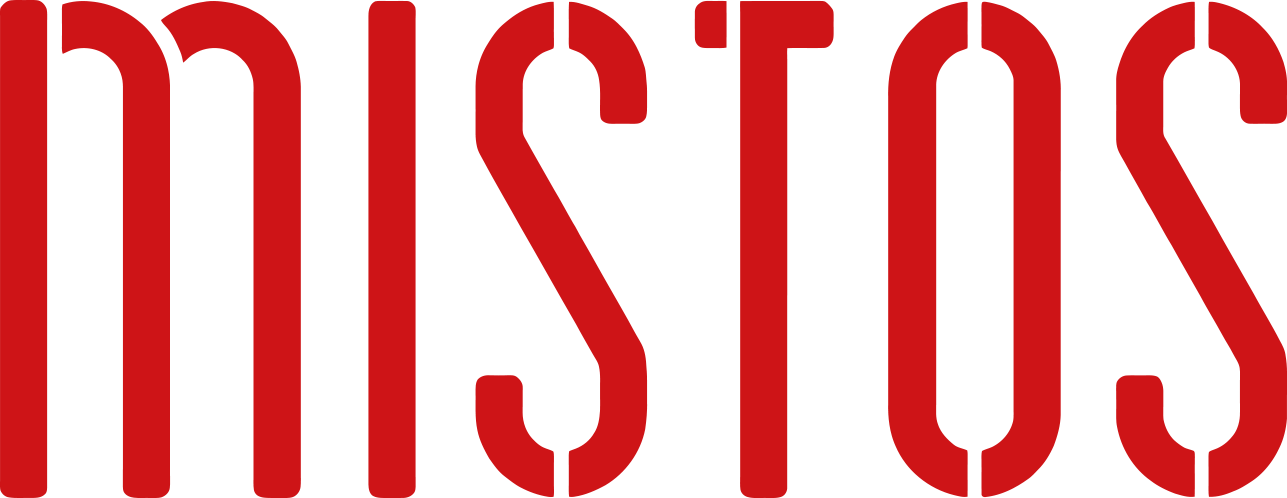“Tomo fotos todos los días, para mí es como dibujar. Es un ejercicio sobre lo que uno ve y cómo lo registra. Y un intento de no utilizar las manos sino más bien la visión y la mente. […] Tomar fotos es como respirar. Se convierte en parte de uno mismo.” Ai Weiwei
“I take photos every day, which, to me, is like drawing. It’s an exercise about what you see and how you record it. And to try not to use your hands but rather to use your vision and your mind… Taking photos is like breathing. It becomes part of you.” Ai Weiwei
Una muestra comprensiva del artista chino multidisciplinar internacionalmente reconocido y activista Ai Weiwei, se exhibe en el Centro de Imagen La Virreina en el corazón de Barcelona hasta el 02/01/2015. Paseando por el espacio tortuoso del Palacio de la Virreina, los visitantes pueden inspeccionar algunas de sus obras icónicas desde el principio hasta el presente y contemplar el mal trato del Partido Comunista cualquiera que pudiera oponerse a su despotismo. De hecho, mientras te sumerges en el mundo de Ai, las paredes de ‘la habitación 101’ parecen apretarse alrededor de ti, una sensación que culmina en la sala donde están expuestos unos enormes imágenes por resonancia magnética del célebre artista que muestran la hemorragia cerebral causada por el asalto físico de la policía china, que ha sido negada hasta hoy.
A comprehensive exhibition of the internationally renowned multidisciplinary Chinese artist and activist, Ai Weiwei, is on display at La Virreina Image Centre in the heart of Barcelona until 01.02.2015. Walking through the winding space of the Virreina Palace, visitors can inspect some of his iconic works from the very beginning to the present and contemplate the Communist Party’s harsh treatment of anyone who might oppose their despotism. Indeed, as you immerse yourself in Ai’s world, the walls of Room 101 seem to tighten around you, a sensation that culminates in the room where you are presented with huge prints of his brain scan showing the brain haemorrhage caused by the physical assault of the Chinese police, which to this day is denied.
El título de la exposición ON THE TABLE. AI WEIWEI se debe a la instalación de la mesa de estudio de Ai Weiwei, acompañada de diez sillas de la dinastía Qing, situadas en el antiguo comedor de La Virreina Palace. A Ai no se le permite salir de China, su pasaporte ha sido confiscado por lo que parece ser una razón política, y en su lugar envía la mesa de estudio que él ha estado utilizando desde 2000 para organizar y planificar sus proyectos de arte.
The title of the exhibition ON THE TABLE. AI WEIWEI stems from the installation of Ai Weiwei’s studio table, accompanied by ten of his Qing Dynasty chairs, in the former dining room of La Virreina Palace. He is not allowed to leave China, his passport having been confiscated for what seems to be a political reason, and in his place he sent the studio table that he has been using since 2000 to organize and plan his art projects.
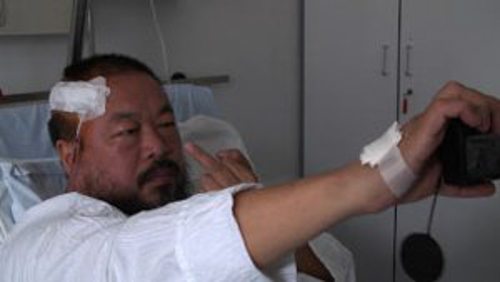
To understand the audacious person behind this impressive body of work and world fame, let us peer into his past through some of it.
Los primeros años/The Early Years
Como hijo del aclamado poeta Ai Qing, Ai Weiwei sufrió las consecuencias de un régimen autoritario desde muy temprana edad. Después de haber sido acusado de ser de derechas durante la campaña antiderechas, Ai Qing fue denunciado y enviado a un campo de trabajo en el noreste de China con su familia cuando Ai Weiwei cuando tan sólo contaba con un año. Se les permitió regresar a Pekín en 1975.
As the son of the acclaimed poet Ai Qing, Ai Weiwei suffered the consequences of an authoritarian regime from an early age. Having been accused of being a rightist during the Anti-Rightist Campaign, Ai Qing was denounced and sent to a labour camp in northeast China with his family when Ai Weiwei was only one year old. They were only allowed to return to Beijing in 1975.
En 1979, Ai matriculó en la Academia de Cine de Pekín para estudiar animación y fue uno de los fundadores del grupo de arte disidente Las Estrellas, el primer grupo de arte experimental en China después de la Revolución Cultural. Estos jóvenes artistas estaban en contra de las obras de realismo socialista, las cuales las asociaron con un homenaje a Mao, y en cambio se orientaron hacia las artes occidentales, incorporando los estilos de arte de vanguardia del siglo XX en la lucha por la libertad artística y por la individualidad en la expresión social. Lograron en organizar tres exposiciones, pero cuando la última muestra de arte fue cerrada por las autoridades en 1983 y después de la detención de varios artistas que participaron en el movimiento, el grupo se disolvió.
In 1979, Ai enrolled in the Beijing Film Academy to study animation and was one of the founders of the art group Stars, the first experimental art group in China after the Cultural Revolution. These young artists opposed Socialist Realist works, which they associated with homage to Mao, and instead looked to the West, incorporating its 20th Century avant-garde art styles in their struggle for artistic freedom and individuality in social expression. They managed to put on three shows, but when the last show was closed down by the authorities in 1983 and after several artist involved in the movement were detained the group disbanded.
«Crecieron en una década de pesadilla y horror; caminaron los caminos ásperos de la vida, sin embargo, todavía conservan sus hermosas almas… sus expectativas de una vida mejor y su búsqueda de la belleza les hizo tomar pinceles, cuchillos y cinceles, y expresar sus esperanzas sobre tela, en madera y en piedra. Ellos usaron sus pinceles y herramientas de grabado para dar fealdad a un golpe mortal, y abrieron un nuevo camino hacia un futuro brillante.» Feng Yidai, publicado en la edición del 10 de septiembre del Nuevo Observador (Xin Guancha)
«They grew up in a nightmarish and hideous decade; they walked the rough paths of life, yet they still retained their beautiful souls… their expectation of a better life and their pursuit of beauty made them take up paintbrushes, knives and chisels, and express their hopes on canvas, in wood and in stone. They took up their paintbrushes and engraving tools to deal ugliness a deathblow, and opened up a new road to a bright future.» Feng Yidai, published in the September 10 issue of the New Observer (Xin guancha)
«Cada artista es una estrella. Incluso los grandes artistas son estrellas desde el punto de vista cósmico. Llamamos a nuestro grupo ‘Las Estrellas’ con el fin de enfatizar nuestra individualidad. Esta estaba dirigida a la uniformidad monótona de la Revolución Cultural.» Ma Desheng
«Every artist is a star. Even great artists are stars from the cosmic point of view. We called our group ‘The Stars’ in order to emphasize our individuality. This was directed at the drab uniformity of the Cultural Revolution.» Ma Desheng
La influencia de los Estados Unidos/The Influence of the USA
Buscando la libertad de expresión que no pudo encontrar en China, Ai Weiwei se mudó a EE.UU. en 1981, donde vivió con la comunidad china de expatriados y ganándose la vida con trabajos ocasionales. Se matriculó en una escuela de diseño, pero pronto la abandonó.
Seeking the freedom of expression he was unable to find in China, Ai Weiwei moved to the USA in 1981, living in the midst of the expatriate Chinese community and making ends meet by doing odd jobs. He enrolled at a design school but soon dropped out.
En los museos de Nueva York, Ai Weiwei se inspiró en las obras del artista dadaísta Marcel Duchamp, y de manera similar, Ai busca provocar al público, y esto lo hace invitando a las personas a comprometerse con juegos de palabras y objetos cargados de dobles sentidos. El dadaismo iba más allá de la estética con la transmisión de mensajes empleando objetos cotidianos o combinaciones de objetos sorprendentes. Comprender este tipo de arte requiere algo más que la mera apreciación estética: el público tiene que estar dispuesto a dar un paso adelante, tiene que ser consciente de los problemas sociales a ser capaz de decodificar la obra. Los representantes del dadaísmo eran anti-guerra, anti-burguesía, anti-conformidad cultural e intelectual – Ai Weiwei hizo algunas de estas ideas y posiblemente las llevó al extremo en su obra. Al entrar en la primera sala, estás fueron recibidas por la obra Hanging Man (1985), una simple percha metal doblada en el perfil de Duchamp, haciendo alusión a la presencia de su espíritu.
In the museums of New York, Ai Weiwei found inspiration in the works of Dadaist artist Marcel Duchamp, and not unlike him, Ai seeks to provoke his audience, which he does by inviting people to engage with wordplays and objects laden with double meanings. Dada went beyond aesthetics by conveying messages though everyday objects or surprising combinations of objects. Understanding such art requires more than mere aesthetic appreciation: the audience has to be willing to take a step forward, has to be aware of the social issues to be able to decode the artwork. The representatives of Dada were anti-war, anti-bourgeoisie, anti-cultural and anti-intellectual conformity – ideas that are echoed and possibly taken to an extreme in Ai Weiwei’s work. As you enter the first room, you are greeted by the work Hanging Man (1985), a simple metal clothes hanger bent into a shape of Duchamp’s profile, hinting at the presence of his spirit.

Fountain (1917), a “ready-made” urinal signed by Duchamp and exhibited alongside traditional artworks, was a shocking statement. Today Ai Weiwei’s Coca Cola Vase creates less stir among the audience, even if we know that it is a Neolithic vase bearing the logo of Coca Cola, a rudimentary and contradictory combination of traditional values and consumerist pop culture. Ai goes even further with Dropping the Han Dynasty’s Urn, a series of thee picture in which he records himself dropping an urn similar to one that you would have seen in MARQ as part of the Señores del Cielo de la Tierra exhibition that ended a few days ago. At first glance, one might consider Ai’s actions iconoclastic, but upon reflection it is a criticism of the mindless modernisation of China at the expense of the cultural heritage that is being rendered valueless – and thus unworthy of preservation and so legitimate to destroy.
«Nunca he planeado ninguna parte de mi carrera – a excepción de ser un artista. Y me impulsaron a ese camino porque pensé que ser artista era la única manera de tener un poco de libertad.» Ai Weiwei
“I have never planned any part of my career – except being an artist. And I was pushed into that corner because I thought being an artist was the only way to have a little freedom.” Ai Weiwei
A través del poeta Allen Ginsberg de la Generación Beat que se convirtió en un amigo íntimo, Ai conoció a Robert Frank, cuya fotografía dejo una impresión duradera en el artista joven, que empezó a llevar una cámara a todas partes, documentando Nueva York durante una década (1983-1993). Estas imágenes finalmente se convirtieron en la extensa colección de aproximadamente 10.000 imágenes que se llamaron New York Photographs de las cuales muchas representan la tensión social y los problemas de la época, así como la vida cotidiana del artista tratando de encontrar su camino en una nueva sociedad.
Through the Beat Generation poet Allen Ginsberg who became a close friend, Ai met Robert Frank, whose photography left a lasting impression on the young artist, who then carried a camera everywhere, documenting New York for a decade (1983-1993). These pictures finally became the extensive collection of some 10,000 pictures called New York Photographs many depicting the social tension and issues of the time, as well as the daily life of the artist finding his way in a new society.
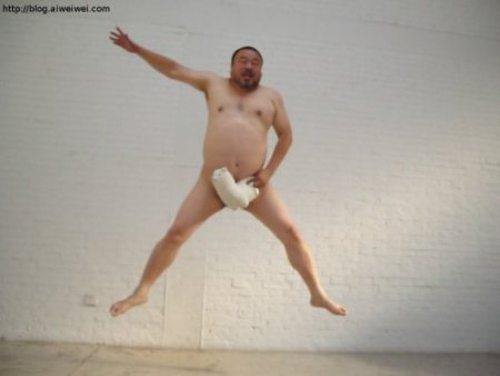
During this time, he also started taking self-portraits, which he does to this day.
China
Cuando su padre, Ai Qing cayó enfermo en 1993, Ai decidió volver a casa, donde se sumergió en la escena del arte de nuevo, y entre 1994 a 1997 editó y publicó una serie de trabajos sobre el arte contemporáneo: Black Cover Book (1994 ), White Cover Book (1995) y Grey Cover Book (1997)
When his father, Ai Qing fell ill in 1993, Ai decided to return home, where he immersed himself in the art scene again, and between 1994-1997 he edited and published a series of works on contemporary art: Black Cover Book (1994), White Cover Book (1995) and Grey Cover Book (1997)
Unas de sus obras de arquitectura/Some of his Architectural Works
Su primer proyecto arquitectónico fue el diseño y construcción de su casa-estudio en el barrio de Caochangdi de Pekín, 1999.
His first architectural project was the design and construction of his home-studio complex in the Caochangdi district of Beijing, 1999.
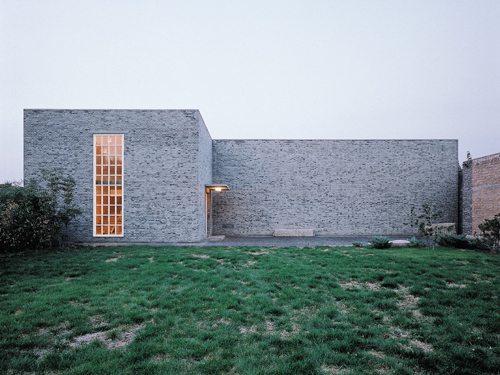
In 2003, Weiwei collaborated with Herzog & de Meuron, the Swiss architecture firm, in the design of the National Stadium of Beijing’s 2008 Olympics – Bird’s Nest.
The Crab House (2010) es un documental que describe minuciosamente el proceso de construir un estudio en Shanghái. Inicialmente las autoridades le animaron a Ai Weiwei a llevar a cabo la construcción, pero al terminar en 2010, fue declarado ilegal y programado para demolición. En respuesta, el artista organizó una fiesta, invitando a todos sus seguidores para celebrar la ocasión de la demolición. Ai Weiwei fue puesto bajo arresto domiciliario, pero todavía se celebró la fiesta sin él con la presencia de casi 3.000 seguidores, Ai les proporcionó cangrejo de río. La palabra china cangrejo es homófono a la de la armonía, que a su vez es un eufemismo para la censura.
The Crab House (2010) is a documentary meticulously describing the process of building a studio in Shanghai. Ai Weiwei was initially encouraged by the authorities to undertake the construction, but upon finishing it in 2010, it was declared illegal and scheduled for demolition. In response, the artist organized a party, inviting all his followers to mark the occasion of the demolition. Ai Weiwei was put under house arrest to, but the party was still held even without him and attended by almost 3,000 fans for whom Ai had provided river crab, the Chinese word for which is homophonic to that for harmony, which is in turn a euphemism for censorship.
Su trabajo como activista político
En 2007, como parte del proyecto Fairytale para Documenta 12, Ai Weiwei organizó el viaje del sueño de 1.001 ciudadanos chinos a quienes invitó a viajar a Kassel en Alemania para participar. Ai creó un documental de este evento en el que animó a los participantes a discutir temas como el amor, los sueños, la identidad y la memoria, haciendo espacio para que puedan discutir libremente sus ideas y ejercer su individualidad fuera de China.
In 2007, as part of the Fairytale project for Documenta 12, Ai Weiwei arranged for the “dreams to come true” of 1,001 Chinese citizens who he invited to travel to Kassel in Germany to participate at his expense. He created a documentary of this event in which he encouraged them to discuss topics such as love, dreams, identity and memory, making space for them to freely discuss their ideas and exercise their individuality outside China.
“La libertad es una cosa muy extraña. Una vez que la experimentas se queda en tu corazón y nadie te la puede quitar. Luego como individuo puedes ser más poderoso que todo el país.” Ai Weiwei
“Freedom is a strange thing. Once you have experienced it, it stays in your heart and nobody can take it away from you. Later as an individual you can become a stronger than the whole country.” Ai Weiwei
Las instalaciones Straight y She lived happily for seven years in the world rinden homenaje a los niños fallecidos en el terremoto en la provincia de Sichuan el 12 de mayo de 2008. Ai utilizó 150 toneladas de barras de refuerzo enderezadas rescatadas de los escombros de los colegios desmoronados para crear conciencia de la corrupción, lo que llevó a las escuelas construidas de manera negligente incapaces de resistir al terremoto que resultó en muchas más muertes infantiles. Justo después del accidente, Ai también lanzó una investigación ciudadana, llegando a los voluntarios para que le ayudasen con la compilación de los nombres de los niños muertos porque el estado no lo haría, y finalmente elaboró una lista que incluyó más de 5.000 nombres. Publicó su lista en su blog el 14 de abril de 2009 pero las autoridades cerraron el blog el mes siguiente, por lo que Ai volvió a Twitter.
The installations Straight and She lived happily for seven years in the world pay tribute to the children lost in the earthquake in the Sichuan Province on 12 May 2008. Ai used 150 tons of straightened rebar salvaged from the debris of collapsed schools for Straight to raise awareness of corruption, which led to shoddily built schools unable to stand up to the earthquake and so many more child deaths. Also, just after the accident, Ai launched a citizen’s investigation, reaching out to volunteers to assist him with compiling the names of the children perished because the state would not do so, finally drawing up a list containing over 5,000 names of children, which he published on his blog on 14 April 2009. The authorities shut the blog down the following month, so Ai turned to Twitter.
“No me veo a mí mismo como un artista disidente. ¡Los veo a ellos como un gobierno disidente!” Ai Weiwei
“I don’t see myself as a dissident artist. I see them as a dissident government!” Ai Weiwei
El escritor y activista de derechos humanos chino, Tan Zuoren, había sido investigando la corrupción de las construcciones de las escuela en Sichuan y por lo tanto fue juzgado por «incitar a la subversión del poder del Estado», en agosto de 2009. Ai Weiwei quería testificar en el juicio de Tan, pero fue impedido de hacerlo por la policía de Chengdu, que allanaron su hotel en medio de la noche y lo asaltaron físicamente. Posteriormente sufrió dolores de cabeza, y mientras que estaba en Munich para una exposición buscó atención médica. La resonancia magnética reveló una hemorragia cerebral que requería cirugía inmediata. Este incidente está documentado con Illumination (2009), una selfi, y una resonancia magnética del cerebro llamada Brain Inflation.
The Chinese writer and human rights activist, Tan Zuoren, had been conducting an investigation of the Sichuan school-building corruption and was consequently tried for “inciting subversion of state power” in August 2009. Ai Weiwei wanted to testify at Tan’s trial, but he was prevented from doing so by the Chengdu police, who raided his hotel in the middle of the night and assaulted him physically. After subsequently suffering from headaches, he sought medical attention while in Munich for a show and MRI scans revealed a brain haemorrhage that required immediate surgery. This incident is documented with Illumination (2009), a selfie, and an MRI scan called Brain Inflation.
“Todo es arte. Todo es política” Ai Weiwei
“Everything is art. Everything is politics.” Ai Weiwei
En 2010, la Sala de Turbinas de la Tate Modern albergaba 100 millones de semillas de girasol de porcelana que habían sido esculpidas y pintadas individualmente en talleres pequeños de artesanos en Jingdezhen.. La obra alude a la naturaleza única de cada persona que supera la semejanza superficial y se hace visible con una inspección cercana. La porcelana puede ser percibida como una metáfora de China, y la semilla de girasol es “la unidad mínima de alimento fácilmente disponible en los períodos de hambre de la Revolución Cultural. Además la pipa de girasol también es uno de los símbolos de los tiempos de Mao Zedong, cuando representaba al máximo jefe político como el sol que daba luz a los campos de girasoles, metáfora de la sociedad china que giraba con un movimiento colectivo en torno a su líder.” (Rosa Pera – comisariada de On the Table. Ai Weiwei)
In 2010 the Turbine Hall at Tate Modern housed 100 million porcelain sunflower seeds that had been individually sculpted and painted in small-scale workshops of artisans in Jingdezhen.. The work alludes to the unique nature of the individual, which becomes visible on close inspection and overcomes superficial similarity. The material porcelain can be perceived as a metaphor of China, and sunflower seeds are “the minimum unit of food at times of famine, as during the Cultural Revolution… the seeds recall the time of Chairman Mao, who was represented as the sun that warmed the fields of sunflowers, a metaphor of Chinese society turning towards the great leader as one.” (Rosa Pera – curator of On the Table. Ai Weiwei)
“Ser un artista implica más un modo de pensar, un modo de ver las cosas; ya no consiste tanto en producir algo.” Ai Weiwei
“Being an artist is more of a mindset, a way of seeing things; it is no longer so much about producing something.” Ai Weiwei
El documental Ai Weiwei, Never Sorry, dirigido por el cineasta estadounidense Alison Klayman, ofrece una visión general de las obras del artista y de sus actividades disidentes, así como una mirada íntima a su vida personal.
The documentary film Ai Weiwei, Never Sorry, directed by American filmmaker Alison Klayman, gives an overview of the artist’s works and dissident activity as well as an intimate look at his personal life.
“Si no hay independencia judicial, estamos en peligro; si no hay libertad de expresión todos han vivido en vano.” Ai Weiwei
“If there is no judicial independence, everyone is put in jeopardy; if there is no free speech every single life has lived in vain.” Ai Weiwei
El video musical satírico Dumbass, estrenado en 2013, se basa en el encarcelamiento de 81 días a que Ai Weiwei fue sometido bajo cargos dudosos de evasión fiscal en 2011. La gente de todo el mundo solicitó su liberación, organizando protestas pacíficas en las embajadas y museos, y reuniendo más de 90.000 firmas. Finalmente fue liberado el 22 de junio de 2011 bajo fianza, pero le prohibieron salir de Pekín; esta última prohibición fue levantada posteriormente, aunque le restringen su estancia a China.
The satirical music video Dumbass, released in 2013, is based on the 81-day imprisonment Ai Weiwei was subjected to on dubious charges of tax evasion in 2011. People all over the world petitioned for his release, organizing peaceful protests at embassies and museums, and collecting over 90,000 signatures. He was finally released on 22 June 2011 on bail, but forbidden to leave Beijing; this latter prohibition was subsequently lifted, restricting his stay to China.
“La libertad conlleva el derecho a cuestionarlo todo.” Ai Weiwei
“Liberty is about our rights to question everything.” Ai Weiwei
En 2015, Ai Weiwei está todavía bajo vigilancia constante y no puede salir de China, pero sus obras y exposiciones atestiguan la capacidad de recuperación del artista y la fuerza interior para soportar las persecuciones y luchar por la libertad de expresión y la transparencia.
In 2015, Ai Weiwei is still under constant surveillance and cannot leave China, but his work and exhibitions stand witness to the artist’s resilience and inner strength to withstand the persecutions and fight for freedom of speech and transparency.
“Exhorto a la gente a que actúen como ‘ciudadanos obcecados’, que cuestionen y exijan siempre responsabilidades. Solo así podremos disfrutar de una vida saludable y feliz.” Ai Weiwei
“I call on people to be ‘obsessed citizens’, forever questioning and asking for accountability. That’s the only chance we have today of a healthy and happy life.” Ai Weiwei
